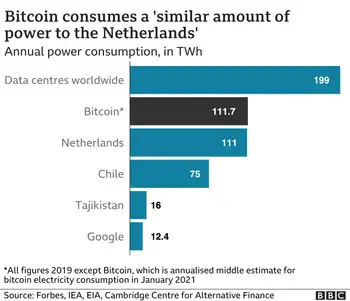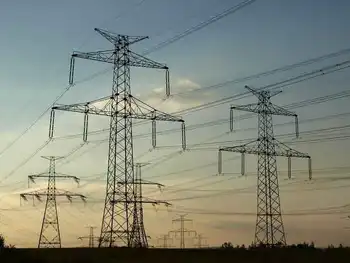China marks fifth anniversary of CANDU plant
Hailed by China's President Hu Jintao as a "model for Canada-China cooperation" and the largest infrastructure project ever undertaken between Canada and China, the Qinshan Phase III power plant incorporates two 728 Mwe CANDU 6 pressurized heavy-water reactors designed and built by Atomic Energy of Canada Limited (AECL).
AECL, along with its Canadian and international partners and TQNPC, completed the power plant 112 days ahead of schedule and 10.6 per cent under budget.
"The Qinshan Phase III nuclear power plant project is a tremendous example of our CANDU project management model of on-time, on-budget delivery," said AECL's President, CANDU Reactor Division, Dr. Ken Petrunik, speaking at the anniversary celebration in Beijing.
"It was at Qinshan that we pioneered new, integrated electronic engineering tools and open-top construction techniques - both of which greatly streamlined and reduced our construction schedule," stated Dr. Petrunik.
On-time, on-budget delivery is critical to the success of the global nuclear industry as plans for new nuclear builds continue to grow.
"Countries interested in nuclear power should look to the Third Qinshan Nuclear Power Plant as the model for successful construction and operation of a nuclear facility," said Dr. Petrunik as he presented TQNPC officials with a congratulatory award. "The Qinshan units have repeatedly achieved record capacity factors resulting in a significant amount of clean, safe electricity generation."
Dr. Petrunik added, "In preparing for future projects, the skills and expertise gained by AECL during the construction of the Qinshan project provide a solid foundation for deployment of our new ACR-1000."
Related News

How Bitcoin's vast energy use could burst its bubble
LONDON - The University of Cambridge Centre for Alternative Finance (CCAF) studies the burgeoning business of cryptocurrencies.
It calculates that Bitcoin's total energy consumption is somewhere between 40 and 445 annualised terawatt hours (TWh), with a central estimate of about 130 terawatt hours.
The UK's electricity consumption is a little over 300 TWh a year, while Argentina uses around the same amount of power as the CCAF's best guess for Bitcoin.
And the electricity the Bitcoin miners use overwhelmingly comes from polluting sources.
The CCAF team surveys the people who manage the Bitcoin network around the world on their energy use and found that…





